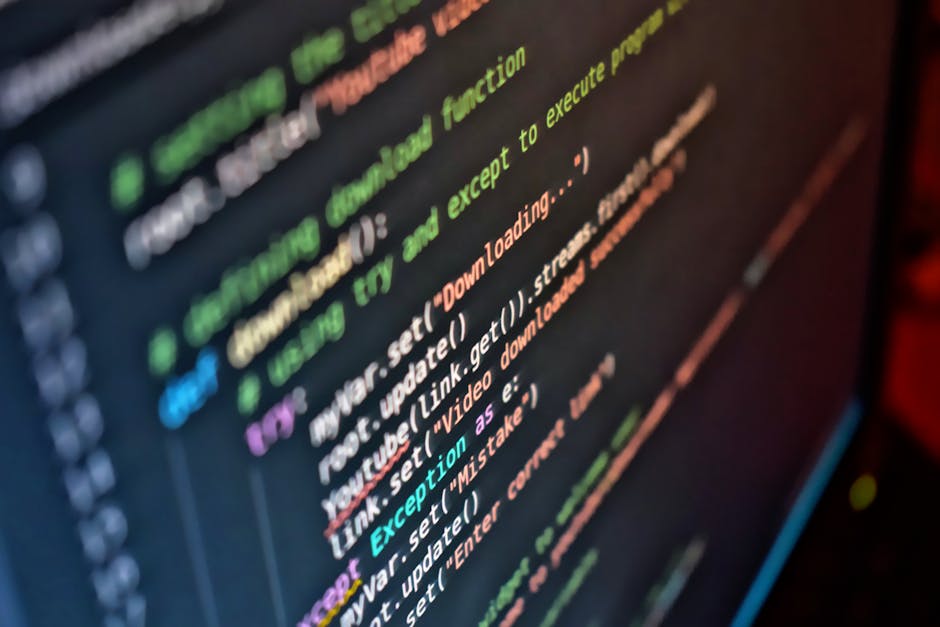It’s 2025 and the question is still burning, it’s the one we all type into our search bars late at night: can you access imessage on PC? You’re sitting at your windows computer, you’re in the zone, and your phone buzzes. You know it’s that group chat, the one with all the blue bubbles, and you just wish you could type a reply without picking up your iPhone. The frustration is real, and you’re definitely not the only one feeling it. It seems like such a simple thing, right? Getting your texts on your computer. But with Apple, things are never quite that simple. This is the whole story on where we stand with iMessage on a Windows PC this year.
Why is Getting iMessage on a PC So Darn Hard?
The main reason why it’s so tough is because of something people call Apple’s “walled garden”. Apple likes to keep its stuff, well, Apple’s stuff.
iMessage is a big reason people buy iPhones. The whole blue bubble versus green bubble thing is a real social pressure point, and Apple knows this for sure.
They say it’s all about security too. iMessage has this end-to-end encryption which is considered to be really secure. They argue that opening it up to other platforms like Windows could mess that up.
So it is this setup that basically encourages you to buy more Apple products. If you want iMessage on your computer, they want you to buy a MacBook. It’s a pretty straightforward business move when you think about it.
The “Official” (But Not Really) Ways to Get iMessage on PC
For a while now, there have been some options that seem official. They are built right into Windows, but they don’t exactly give you what you want.
Microsoft’s Phone Link app is the main one. It connects your iPhone to your Windows 11 PC over Bluetooth. You can make calls and send and receive texts.
But here’s the catch. It doesn’t actually support iMessage. All your messages, even to other iPhone users, will be sent as regular old SMS texts.
That means no blue bubbles, no group iMessage chats, no typing indicators, and no seeing your old message history. It’s a very basic solution, generally not what people are looking for. Intel Unison is another app that does a similar thing, but it has the same exact problems.
Third-Party Apps: The Good, The Bad, and The Sketchy
This is where things get a bit more interesting, and also a bit more messy. A bunch of other companies have tried to fix this problem for us, with different levels of success. Some of these are pretty clever, others, not so much.
Apps That Use a Mac as a Middleman
This is probably the most common workaround you’ll find. It’s a solution that requires you to own another piece of Apple hardware, which is sort of ironic.
Here’s how it normally goes: you need a Mac computer, any Mac will do, even an old one. This Mac has to be on and connected to the internet all the time.
You then install a server app on the Mac, like AirMessage or Beeper. Then you install the client app on your Windows PC. The Mac acts as a bridge, getting your iMessages and then sending them over to your PC. It works, and it gives you the real iMessage experience. The setup can be a little complicated though.
The Cloud-Based Solutions (A Word of Caution)
So some clever people thought, what if we just run the Macs for you? This led to cloud-based services. You would sign up, give them your Apple ID, and they would handle the Mac-in-the-middle part for you.
This sounds great, but it’s a big security problem. You are giving your Apple ID password to a third-party company. That password protects your photos, your emails, your backups, everything.
Apple is also not a fan of these services. They have been very aggressive in shutting them down. You might remember the whole Beeper Mini situation, it was a big mess. These services are just not a stable or safe bet in the long run.
The Super Techy Method: Running a Whole Mac on Your PC
If you’re really determined and don’t mind getting your hands dirty, there is another way. This path involves something called a virtual machine, or a VM.
A VM is basically a computer inside your computer. You can use software like VirtualBox or VMware to create a digital Mac that runs on top of your Windows operating system.
From there, you would install a full copy of macOS inside that VM. Once it’s all set up, you can just open the Messages app inside your virtual Mac and use iMessage like normal.
This is a very complex process. It can be slow, buggy, and is likely against Apple’s terms of service. For most people, this method is probably way more trouble than it is worth. It’s not a simple fix.
So, What’s the Real Answer for 2025?
After all that, where do we actually stand? The truth is, there is still no simple, official, one-click way to get iMessage on a Windows PC. It is a problem that continues to exist.
The workarounds we’ve talked about are still your only options. Using a Mac as a server with an app like AirMessage is likely the most reliable method, if you have a Mac to spare.
There is some news on the horizon, though. Apple has finally agreed to support RCS messaging. RCS is like the next generation of SMS.
When this rolls out, texting between an iPhone and an Android phone will get much better. You’ll get typing indicators, read receipts, and better group chats. But it is not iMessage. Your bubbles will still be green. It’s an improvement for sure, but it doesn’t solve the core problem for PC users.
For now, you either have to jump through some technical hoops or just learn to live without those blue bubbles on your desktop.
Frequently Asked Questions (FAQ)
Can you access iMessage on PC?
Not directly. There is no official iMessage app for Windows. You have to use workarounds like third-party apps that require a Mac computer or try less reliable cloud services at your own risk.
Is it safe to use third-party apps for iMessage on Windows?
It depends. Apps like AirMessage that you host yourself on your own Mac are generally safe. Cloud-based services that ask for your Apple ID password carry some serious security risks and are not recommended.
Will Windows 11 get a real iMessage app?
It’s extremely unlikely. Apple keeps iMessage exclusive to its own hardware as a way to sell more iPhones and Macs. There is no business reason for them to release an official Windows app.
What is the easiest way to use iMessage on a computer?
The absolute easiest way is to buy a Mac. If you’re set on using a PC, the Microsoft Phone Link app offers basic texting, but for the full iMessage experience, there is no truly “easy” method.
Does Phone Link support iMessage?
No. Microsoft’s Phone Link connects to your iPhone via Bluetooth, but all messages are sent and received as standard SMS/MMS. You don’t get any iMessage features like blue bubbles, encryption, or group chats.
Key Takeaways
Apple intentionally keeps iMessage off Windows to sell its own products.
Official-looking apps like Microsoft Phone Link do not offer true iMessage support; they only handle standard SMS texts.
The most reliable workarounds, like AirMessage, require you to have a Mac that is always on to act as a server.
Cloud-based services that offer iMessage are risky because they require your Apple ID and are often shut down by Apple.
The upcoming support for RCS will improve iPhone-to-Android texting but will not bring iMessage to other platforms.



